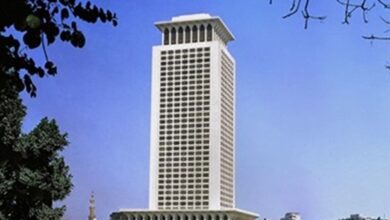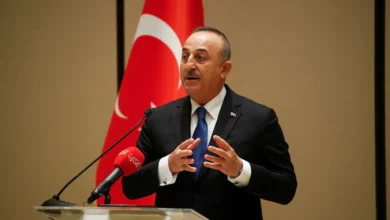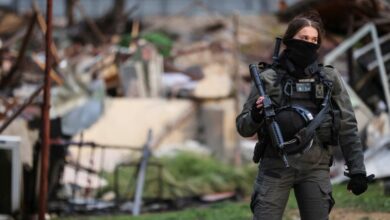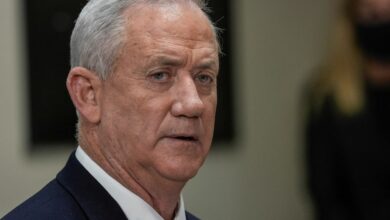
Hebrew Channel 2 reported that Israeli Prime Minister Benjamin Netanyahu, during a government meeting in November, entertained a proposal that suggested revoking the residency of thousands of Palestinian Jerusalemites.
According to the pro-Likud channel, Netanyahu’s proposal targeted some 230,000 Palestinians who hold residency permits in East Jerusalem and live in the Shufat refugee camp, the Kufr Aqab neighborhood and the Sawahra neighborhood.
According to the Palestinian Central Bureau of Statistics, there are 350,000 Palestinians and 200,000 Jewish settlers living within the municipal boundaries of East Jerusalem.
Kahil Tufakji, a Palestinian settlement affairs expert, told Anadolu Agency that Netanyahu’s proposal to revoke the residency of 230,000 Palestinian Jerusalemites does not only target the ones who live outside the Israeli-built separation wall.
He said it also targets residents of Arab neighborhoods inside the wall, including Jabl al-Mukaber, Al-Issawiya, Al-Tur, Shufaat and Beit Hanina.
According to official Palestinian figures, 145,000 Palestinian Jerusalemites live outside the separation wall, while 195,000 live inside of it.
Tufakji suggested that Israel is seeking to change the demographic equation in East Jerusalem in the favor of Jews.
“According to the plan prepared by former Israeli Prime Minister Ehud Olmert, Jerusalem will be a Jewish-majority city of 88 percent and an Arab-minority of 12 percent by 2020,” Tufakji said.
Legal status of Jerusalem
In June 26, 1967, three weeks after the Middle East war – in which Israel occupied East Jerusalem, the West Bank and the Gaza Strip – the Knesset (Israel’s parliament) approved draft resolution 2064.
Under the measure, Israel annexed the Arab neighborhoods of East Jerusalem and occupied them politically and administratively.
Accordingly, Palestinian Jerusalemites were given the right of residency, which guarantees them freedom of movement, the right to elect Jerusalem’s mayor and other civil privileges.
On July 30, 1980, the Knesset approved a law that considers all of Jerusalem the capital of Israel.
Mohammed Moien, a Palestinian expert in Israeli law, told Anadolu Agency that this law applies to all Jerusalem neighborhoods, whether inside or outside the wall.
Marginalized neighborhoods
The neighborhoods of East Jerusalem located outside the wall suffer from deliberate negligence by the Israel’s-Jerusalem Municipality, while the Palestinian Authority is prohibited from providing services to these neighborhoods.
After Israel built the separation wall in 2003, these neighborhoods have continued to suffer from a trash crisis, unpaved roads and lack of security.
According to official figures, the budget allocated to the neighborhood is less than 0.02 percent of Jerusalem’s yearly budget.
“The Israeli occupation has to provide all the services required for the people of Jerusalem, whether they are inside or outside the fence,” Ahmed Qurei, who is in charge of the Jerusalem file at the PLO, said.
Qurei accused Israel of trying to expel Palestinians from East Jerusalem through sanctions and revoking residency permits.
According to Israel’s Interior Ministry figures, Israel revoked the residence permits of 14,500 Palestinian Jerusalemites since 1967.
Qurei said that maintaining the Jerusalem residency permits is part of the Palestinian struggle to keep the Arab identity of the holy city.
He said that this is what drives more than 100,000 Palestinians to live in areas that suffer from deliberate neglect by “the occupation government of Israel.”
“I pay taxes to the municipality of Jerusalem, but the garbage is all over the streets, electricity and water lines are old, roads are unpaved and sanitation is poor,” Ahmad Zughaiar, a resident of Kufr Aqab neighborhood in East Jerusalem, told Anadolu Agency.
“I can’t live inside the wall because I can’t bear the cost of living and I can’t live in Ramallah because they will revoke my Jerusalem identity.”




